What's it like to ride with TT legend John McGuinness on the road? Safer than you might think...

The roads nestled among the borders of Cumbria, Lancashire and the Yorkshire Dales are a bikers’ paradise, offering a challenging ribbon of tarmac that snakes its way past farmland and through hamlets lined with dry stone walls.
These are the roads the 17-year-old John McGuinness would ride on his road bikes long before his first TT win in 1999. This was his race track and as I attempt to follow him, it’s obvious he has memorised every inch.
Snicking top gear on his Kawasaki Z900RS at the earliest chance, there’s no screaming revs and no hanging off. He’s relaxed and smooth, deploying the same deceptively fast riding style he uses to such effect over the TT’s Mountain Course. I am beginning to realise my full-on, elbows-out approach to my favourite stretches of asphalt might not be the optimal way.
After an hour of riding John’s favourite B-roads, we pull over and he reveals what skills, disciplines and general good habits are transferable from closed-roads racing to the roads we ride every weekend. This is his 10-point plan to a faster, smoother and safer road ride.
Why not watch the video on our YouTube channel to find out more, too?
‘Give your bike a once-over – every time’
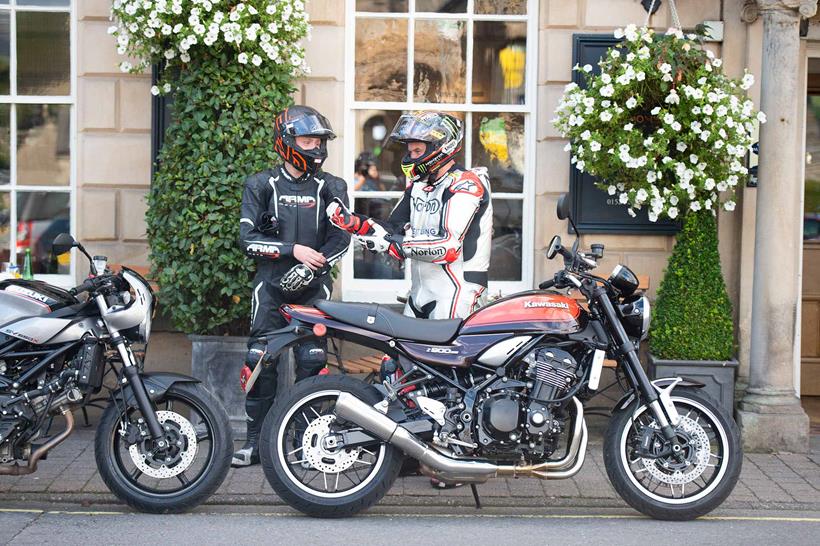
“When I go out on my road bike, I have a look around it and check to make sure that everything is looking all right. I always pull the brake lever as hard as I can because if you’ve got teenage kids in the house, they could knock your bike over and pick it up without saying anything to you. They could’ve cracked your brake lever and you’d never know until it was too late!
“This is exactly what I do when I get on a race bike at the TT, just so I know the lever’s not going to snap. After all, a bike could’ve been delivered in a van and rolled on its side and bust something. So for the sake of 30 seconds, every time you get your bike out, just give it the once over.”
‘Respect the locals’
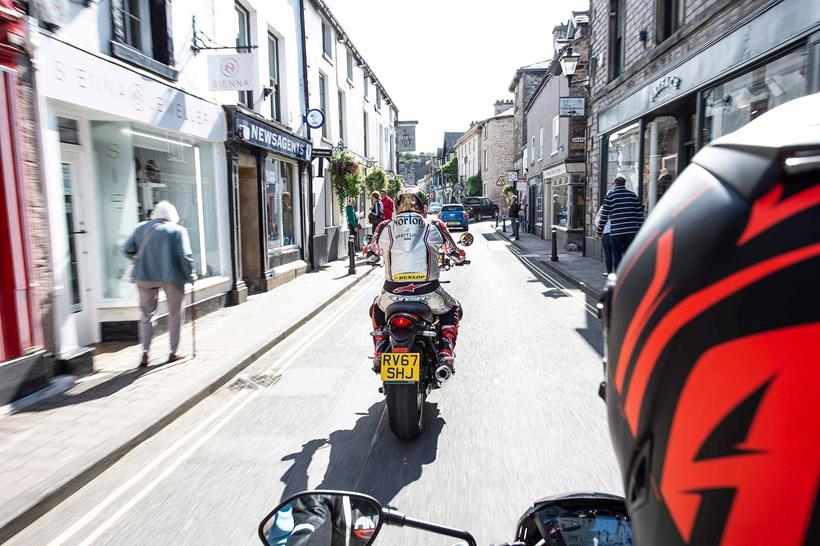
“It’s important to respect the locals as you ride through villages and towns. We’re not all bike fans and for some motorcycles are scary – they’re f***ing fast, make a lot of noise and can cause people to jump. It’s not fun for everyone.
“As for the speed limits, 60s are 60s aren’t they? You’re out of the way and chances are the only person you’re going to hurt is yourself. But you should always stick to the 30mph, 40mph and 50mph speed limits. I’m 100% for that theory.”
‘Take time to learn a road’
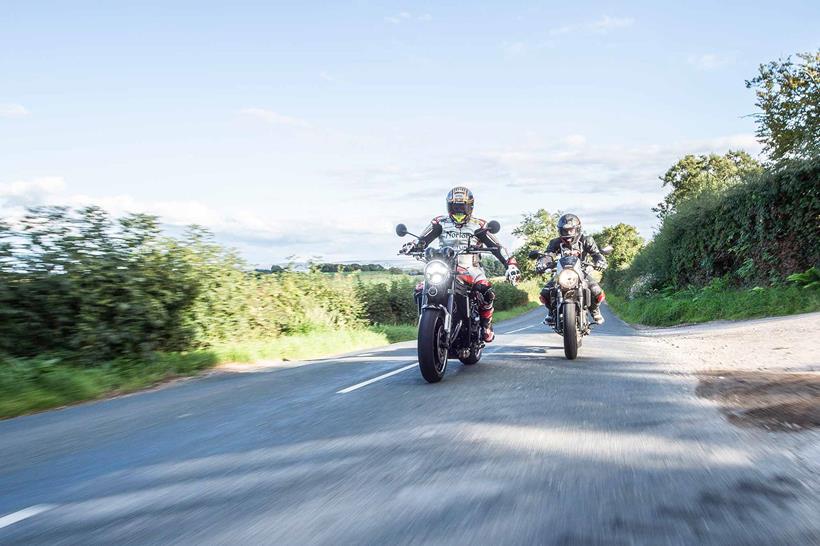
“If I’m on unfamiliar ground, then I’m super cautious. That first stretch of road that you rode down with me, I know it like the back of my hand. I know every kerb, every camber, every manhole cover, and I can ride down there fine because that’s where I grew up.
“If you took me down one of your local roads, I’d be slower because I have to learn and understand it. There’s no way I would suck myself into a situation where I am out of my comfort zone.
“When I used to go to new tracks I would never push myself out of that zone, because all you do is scare yourself, lose your confidence and end up in a spiral that gets worse.”
‘Brake less and earlier so you can go faster’
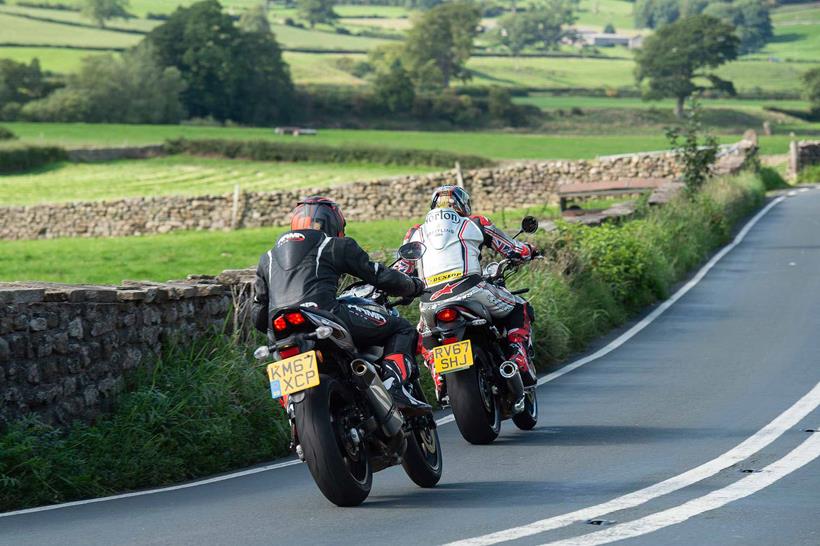
To be fast you have to be as late on the brakes as possible, right? Wrong. Using the bike’s engine braking with early braking, McGuinness is able to remain smoother and, ultimately, quicker through a bend than most.
“I always brake with one finger. On a modern bike with big calipers and discs you’ve got plenty of feel. I’ve always got my finger over the lever, because you can immediately brake. the road and with less pressure, so I’m not loading up the bike and not putting my arms under any pressure. I apply only 5% to 10% and squeeze it slowly. (I also have my clutch covered probably because I was brought up on two-strokes – in case of any seizures.) And as always: don’t forget to keep everything nice and smooth and the bike nicely balanced.”
‘Look up (don’t forget to have a good sniff too)’
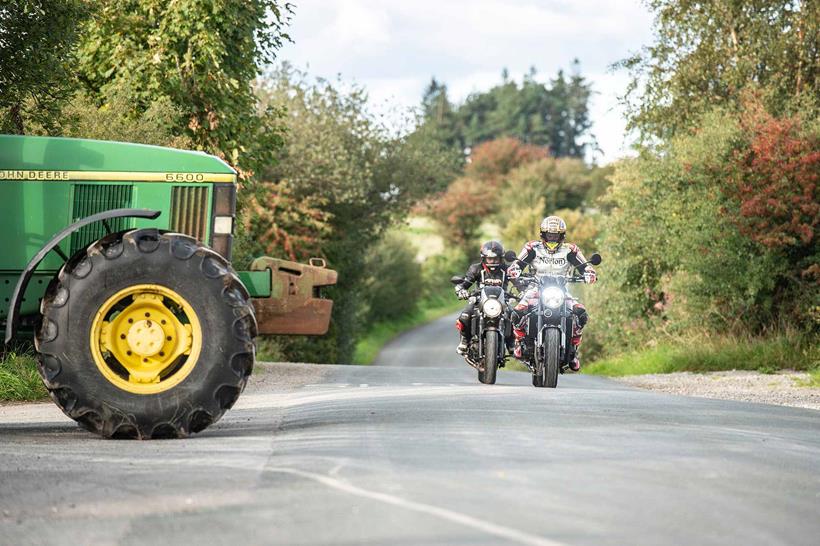
“So many riders only look 20 yards in front of their front wheel, but I am looking way ahead when riding. I am looking over tops of hedges too, to see if a farmer’s tractor or a truck is coming the other way.
“This time of the year is busy with tractors siloing and sh*t spreading. Whenever I am out on a road bike, I always use my sense of smell, too. If I detect muck then there’s probably tractors nearby and often you will see the gates open where they have been coming in and out of the fields. Farmers are only doing their job but they don’t care about motorcyclists – and going in and out of muddy fields is going to bring mud out onto the roads.
“Obviously, road riding is about enjoying yourself and taking in the scenery, but you’ve always got to have that split-second reaction time.”
‘Anticipate the next corner’s sharpness’
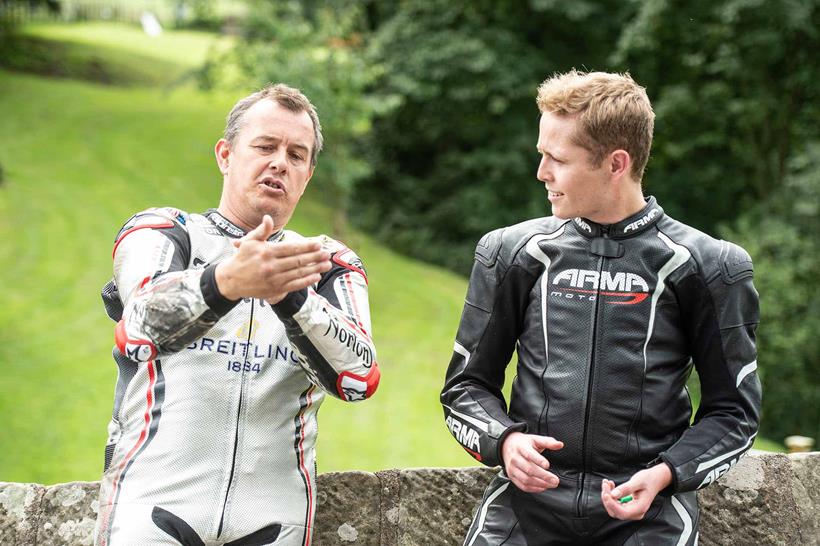
“It’s funny how bits of advice stay with you. I was told years ago by an ex-cop to keep an eye on the speed of the roadside hedges. If they’re moving fast then you’re approaching a faster corner, but if the hedge doesn’t move as you’re going towards it then it’s more likely a 90-degree left or right.”
‘Be smooth to conserve energy’
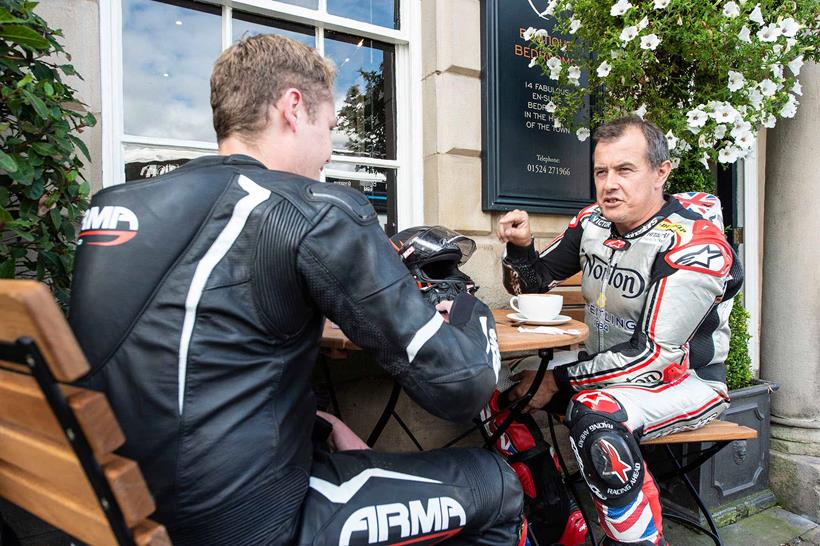
Perhaps the ultimate moment for the sports rider is getting your knee down, with many regarding that magical scrape of puck on tarmac as the surest sign of a corner well and truly conquered. John says the opposite, claiming speed is about efficiency and energy conservation.
“I try to be smooth on road and at the TT, and the best way is to stay in the saddle. Racers from years ago were super fast without moving. Mike Hailwood was rapid without hanging off.
“In MotoGP and BSB your knees, and increasingly your elbows, are anchor points and I get that – that’s what racing is these days and maybe that’s left me behind a little bit, but with road riding you’ve only got to push through the pegs with the balls of your feet to make the bike turn and do a little bit of counter-steering.
“That said, being animated on the bike is no bad thing. Some riders have the right body position and movement, and they’re enjoying themselves – that’s fine.”
‘Ride to the limit of what you can see’
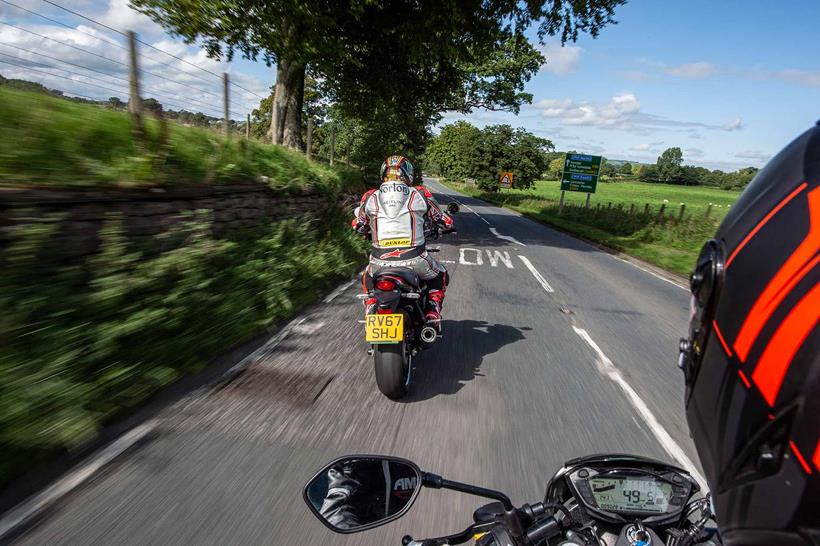
“Where visibility is good and you can see your path through a bend or series of sweepers, you can get your head down and have a real good crack at it. It’s when a corner exit is hidden that you’re rolling the dice.
“You’ve got to understand your limits on the road. We all get giddy sometimes, but you have to make sure that you’ve got all the bases covered and always try to be best prepared. And if you can’t see through a corner then you need to adjust your speed.”
‘Learn your bike’s limits at a trackday’
In order to be fully in control of the bike when that inner hooligan slips out, John believes that all riders can benefit from track time, and should tackle at least one trackday.
“I don’t want to get shot for it and I might have said it before, but it’s absolutely essential because track riding shows what incredible things your bike is capable of. It shows you how much grip you’ve got and how much lean angle you can achieve – that if you get into a bit of bother with a tractor, you can grab that brake really hard.
“On the road it’s impossible to safely discover how good your bike can be, which is why the Government should pay for everyone to have track time before they ride on the road.”
‘Don’t panic, lean it over’
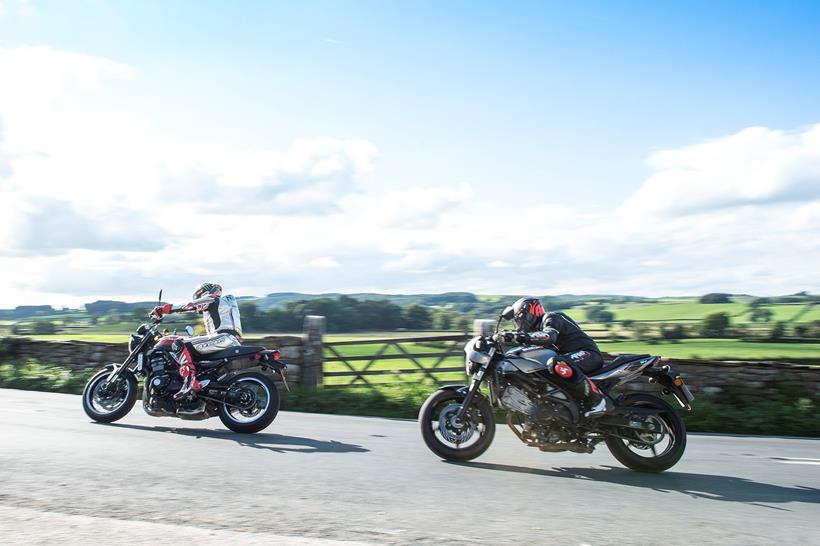
“Mid-corner you don’t want to be jamming the brakes on and I think a lot of accidents are caused by panic, causing you to run across the road. If you lean more then you could be fine because the bike is way better than most riders.
“I’ve gone into a corner and thought, ‘Hang on a minute, I’ve got two choices here: either go straight on or stay with it and lean the bike over more.’ The bike’s going to be there with me or it’s not, but I’m going to go down anyway so I might as well lean it over and pray it stays under me.”
















